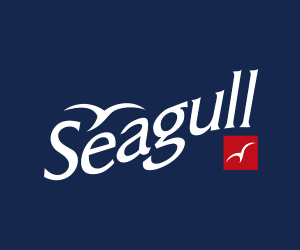The table above shows the top 15 container ports in the European Union in 2015 based on container throughput expressed in TEU. It also includes container growth figures compared to 2014 and pre-crisis year 2007. What can we observe?

1. The total volume of the top 15 ports saw a small traffic decline of 1.6% compared to 2014, or one of the worst y-o-y growth figures in Europe’s container history. Only the dramatic year 2009 brought a larger drop in container throughput handled by the top 15 ports (i.e. minus 13.9%). Antwerp clearly outperformed its north European rivals by realizing a growth of 7.5% and overtaking Hamburg to become the second largest container port in Europe. In the Med, the ports of Valencia, Marsaxlokk, Genoa and Barcelona saw a healthy y-o-y growth;
2. The top 15 ports combined saw a meager 12.1% increase in container traffic compared to pre-crisis year 2007. Six of the 15 ports recorded container volumes in 2015 which remained below the 2007 figures. Star growers during the 2007-2015 period include Piraeus, Valencia, Algeciras and Marsaxlokk on Malta. An interesting note: all these ports heavily rely on sea-sea transhipment volumes;
3. Quite a few ports in Northern Europe with a weak or even negative growth (such as Hamburg and Le Havre) argue that gateway cargo recorded growth while the vulnerable transhipment flows to the Baltic and the UK saw a strong decline. The Baltic transhipment volumes are affected by the weak performance of the Russian economy and volume declines in most Baltic ports in Russia (St. Petersburg: -28% compared to 2014), Poland (Gdynia: -18%, Gdansk: -10%) and the Baltic States (Klaipeda: -13%, Riga: -20% and Tallinn: -8%).
The first signs for 2016 do not point to a traffic revival in the short-term. This opens the door for more intense port competition in Europe, but also for meaningful inter-port cooperation schemes. Hence, ports are challenged to design commercial and port planning strategies that can help them to reduce their exposure to a high vulnerability and volatility brought by the macro-economic environment, but also by the fast changing landscape in liner shipping (e.g. the launch of merger company COSCOCS and associated changes in alliance formation) and the broader logistics market. These are exciting times for European container ports.
(By Theo Notteboom, porteconomics.eu)






















































